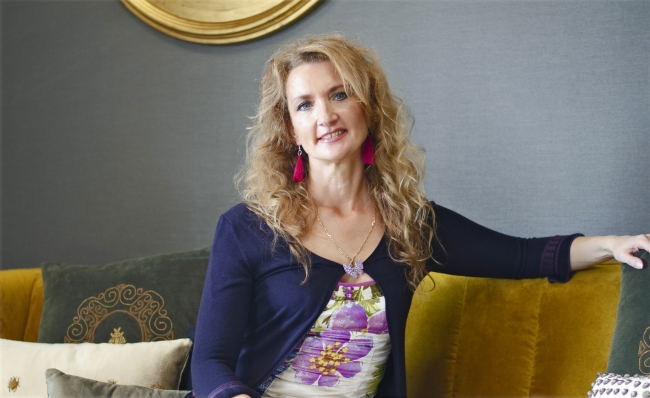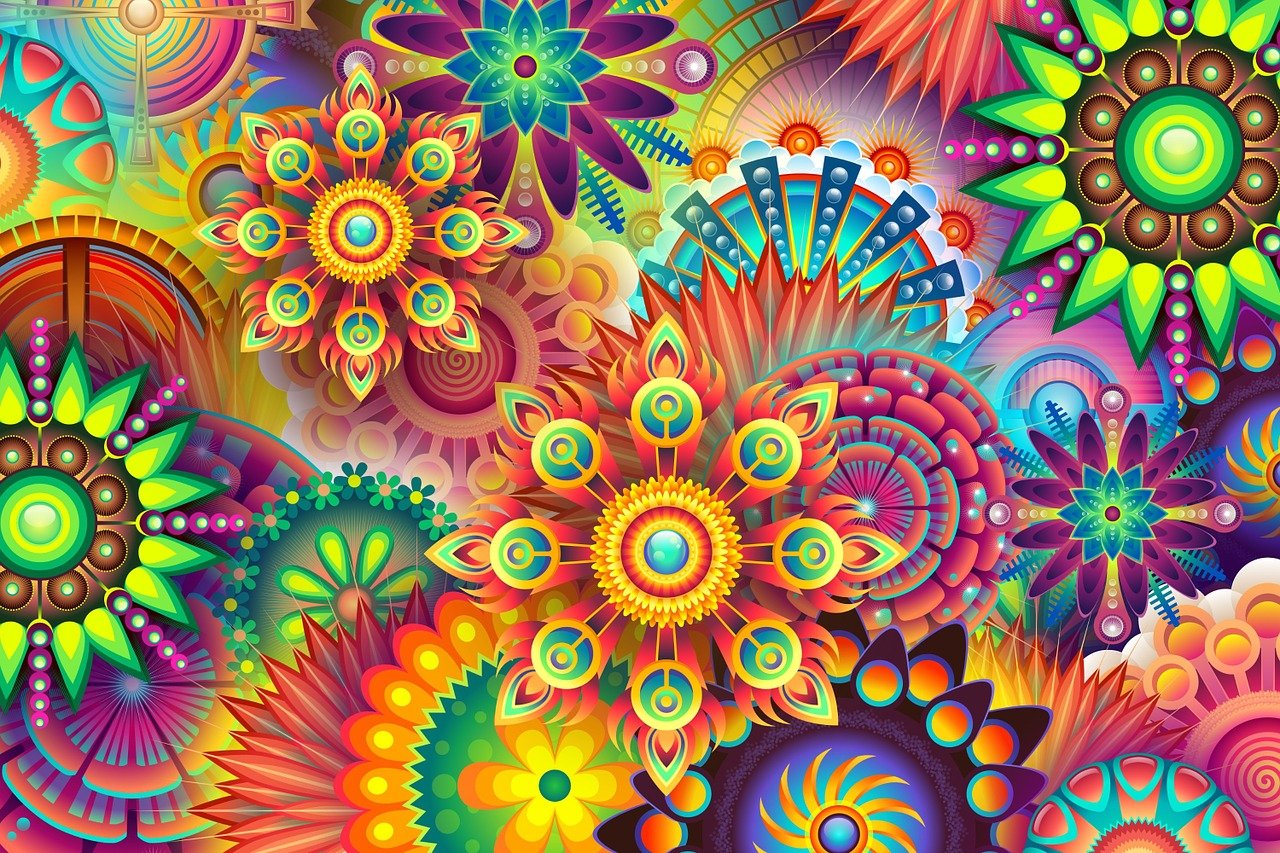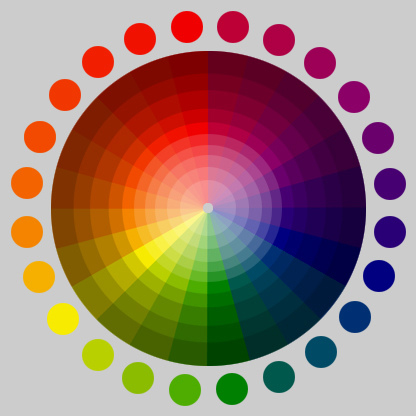Załubska Studio
Colorful vertigo

Colors affect people directly as well as indirectly, imperceptibly and insidiously manipulating moods and moods. Each color has a frequency and energy that one feels, even with eyes closed. It can be inspiring and energizing, as well as affect heart and breathing frequencies. The human brain likes colors, it likes variation and stimulation. Then it does not get bored. Color has the power to transform an ordinary space into something more productive, soothing or relaxing. In monochromatic spaces, i.e. based on only one color, or achromatic spaces, i.e. devoid of color, such as white, a person - contrary to popular belief - does not relax at all. According to many studies, such spaces are unnatural, and thus do not have a soothing effect at all. The effect is the opposite. People in such an environment become more alert and anxious, the heartbeat accelerates and blood pressure rises. The brain feeds on contrasts and changes. It needs stimulation. It likes to move around and notice more contrasting objects, edges, textures or colors. It treats a lack of contrasts as an unnatural situation and gives a signal that something is not right. It has long been believed that colors have a very intense effect on people. For example, green is perceived as a color of a soothing, even healing nature. Early healers attributed great healing qualities to various colors. They poured colored water into vases and recommended their patients to sit over them. They believed that the colored water would give off its strength and energy, thus healing the sick. These colorful glass bowls on the windows gave rise to stained glass windows, which are still produced today and inspire great admiration. Those who have seen, for example, Wyspianski's The Element of Water at the Franciscans in Krakow - know what power and emotional charge these monumental glazings carry.

What color should I paint this wall?
Green also became associated with medicine. In 1914, an American surgeon at a San Francisco hospital decided that white was too bright and diminished the ability to perform thorough examinations. He chose green as complementary to red and blood. He discovered how soothing rooms with green floors, walls, towels and sheets have on patients. In some facilities, this color of furnishings persists to this day. Green light has also been used as an aid to cancer treatment. A well-known American color consultant Faber Birren, who in the 1930s intensively studied colors and their effects on people, especially in public facilities, took a similar view. He argued that green is the best of all colors because of its fresh look and passive nature. Birren also suggested, for example, that the color of the cloth covering billiard tables should be changed from green to purple. This is because purple is more dignified and associated with royal attributes. One company, on the other hand, made waves in the market by producing red contact lenses for hens. It turned out that the creatures wearing such tasteful accessories were more relaxed, showed less aggression and did not fight too much with each other. Yellow, on the other hand, is considered the most annoying color. This paint that innocently takes over many walls has a strong irritating effect. According to some studies, children in yellow rooms cry more and couples fight more often. So if you like yellow, use it in moderation. Preferably in softer tones or as an accent

Color psychology in interior design.
So you should think carefully about the choice of wall color. It is worth considering not only the first impression, but also the impact of a particular color when dealing with it for a longer period of time. Not only - what color scheme is appropriate, but most importantly - what color fits the function and character of the interior, without ignoring the preferences or temperament of the owner. We may like a certain color, but this does not at all mean that you have to paint the walls in the bedroom with it and look at it every morning after opening your eyes. So one should be careful in choosing the color scheme of one's interior attire. If someone himself would not wear things in fashionable purple for any reason, why does he want to dress his room like this. Just for the fact that the color is fashionable? In six months another one will be fashionable. It's like choosing the right hairstyle. If short hair is fashionable this season, but long hair is fashionable three months from now, we may have quite a problem with the task. Not to mention the color and type of hair. Just because someone looks good in a phenomenal hairstyle, does not necessarily mean that others will. If you properly choose both the hairstyle and the right shade of the walls, you will be able to enjoy a unique effect for a long time. Of course, to skillfully choose colors is not all that easy. Not everyone is a master on the scale of Le Corbusier. The famous architect, painter and sculptor believed that:, "For man, color is as essential as water and fire."